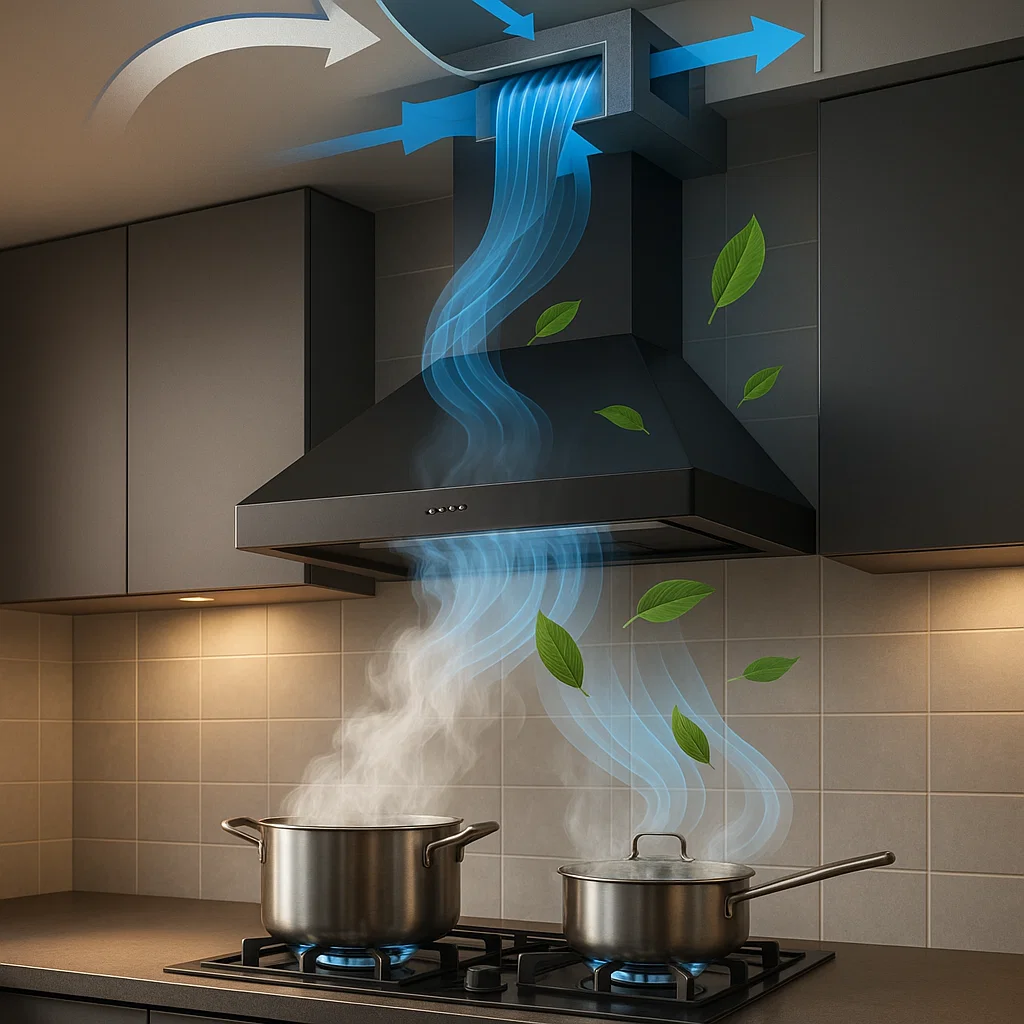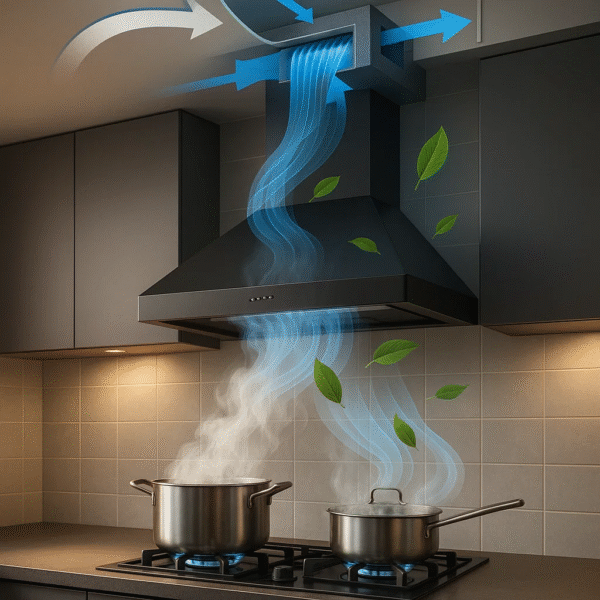
How to Choose the Right Exhaust Duct Fan for Home & Industrial Use
Introduction
Exhaust duct fans are essential for maintaining proper ventilation, air quality, and temperature control in residential, commercial, and industrial settings. Whether you need to remove stale air, control humidity, or eliminate fumes, choosing the right exhaust duct fan is crucial.
In this guide, we’ll cover:
✔ What is an exhaust duct fan?
✔ Types of exhaust duct fans
✔ How to choose the best exhaust duct fan
✔ Installation tips
✔ Maintenance & troubleshooting
1. What is an Exhaust Duct Fan?
An exhaust duct fan is a mechanical ventilation device that extracts air from an enclosed space and expels it outside through ductwork. These fans are commonly used in:
Kitchens (to remove smoke and odors)
Bathrooms (to reduce humidity and mold)
Industrial facilities (to expel fumes and dust)
Greenhouses (to regulate temperature and CO₂ levels)
How Does It Work?
Exhaust duct fans pull air from a room and push it through a duct system to the outside. They can be wall-mounted, ceiling-mounted, or inline (installed within the duct).
2. Types of Exhaust Duct Fans
A. Axial Exhaust Fans
Best for: Low-resistance airflow (e.g., bathrooms, small kitchens)
Pros: Energy-efficient, quiet, affordable
Cons: Not ideal for long duct runs
B. Centrifugal Exhaust Fans
Best for: High-pressure applications (e.g., industrial exhaust systems)
Pros: Powerful, handles long duct runs well
Cons: More expensive, louder
C. Inline Duct Fans
Best for: Hidden installation (e.g., inside ductwork)
Pros: Space-saving, good for tight spaces
Cons: Requires proper duct sealing
D. Roof Exhaust Fans
Best for: Large buildings (e.g., warehouses, factories)
Pros: High airflow capacity, weather-resistant
Cons: Requires professional installation
3. How to Choose the Best Exhaust Duct Fan
Key Factors to Consider:
✅ Airflow Capacity (CFM – Cubic Feet per Minute)
Small bathroom: 50-100 CFM
Kitchen: 150-400 CFM
Industrial space: 1,000+ CFM
✅ Duct Size & Length
Match fan size to duct diameter (e.g., 4″, 6″, 8″).
Longer ducts require higher static pressure (centrifugal fans work best).
✅ Noise Level (dB Rating)
Residential use: < 2.0 sones (quiet)
Industrial use: Higher noise tolerance
✅ Energy Efficiency
Look for ENERGY STAR® certified models for lower power consumption.
✅ Material & Durability
Plastic fans (budget-friendly, corrosion-resistant)
Metal fans (heavy-duty, long-lasting)
4. Installation Tips for Exhaust Duct Fans
Step-by-Step Guide:
Choose the Right Location (near the source of pollutants/humidity).
Measure & Cut the Duct Opening (match fan size).
Secure the Fan (follow manufacturer instructions).
Connect Ductwork (use aluminum foil tape for sealing).
Wire the Fan (hire an electrician if unsure).
Test the System (check for proper airflow).
⚠ Pro Tip: Ensure the duct leads outside, not into an attic or crawl space, to prevent moisture buildup.
5. Maintenance & Troubleshooting
Regular Maintenance Checklist:
🔹 Clean the fan blades (every 3-6 months to prevent dust buildup).
🔹 Check ductwork (look for leaks or blockages).
🔹 Lubricate bearings (if applicable).
🔹 Test airflow (ensure no loss of efficiency).
Common Problems & Fixes:
🔴 Fan not working? → Check power supply and wiring.
🔴 Weak airflow? → Clean the fan or check for duct obstructions.
🔴 Loud noise? → Tighten loose parts or replace worn bearings.
Conclusion
Choosing the right exhaust duct fan improves air quality, reduces energy costs, and prevents structural damage from moisture. Whether for a home, restaurant, or factory, proper selection, installation, and maintenance are key.
📢 Need expert advice? Contact us today for the best exhaust duct fan solutions!

